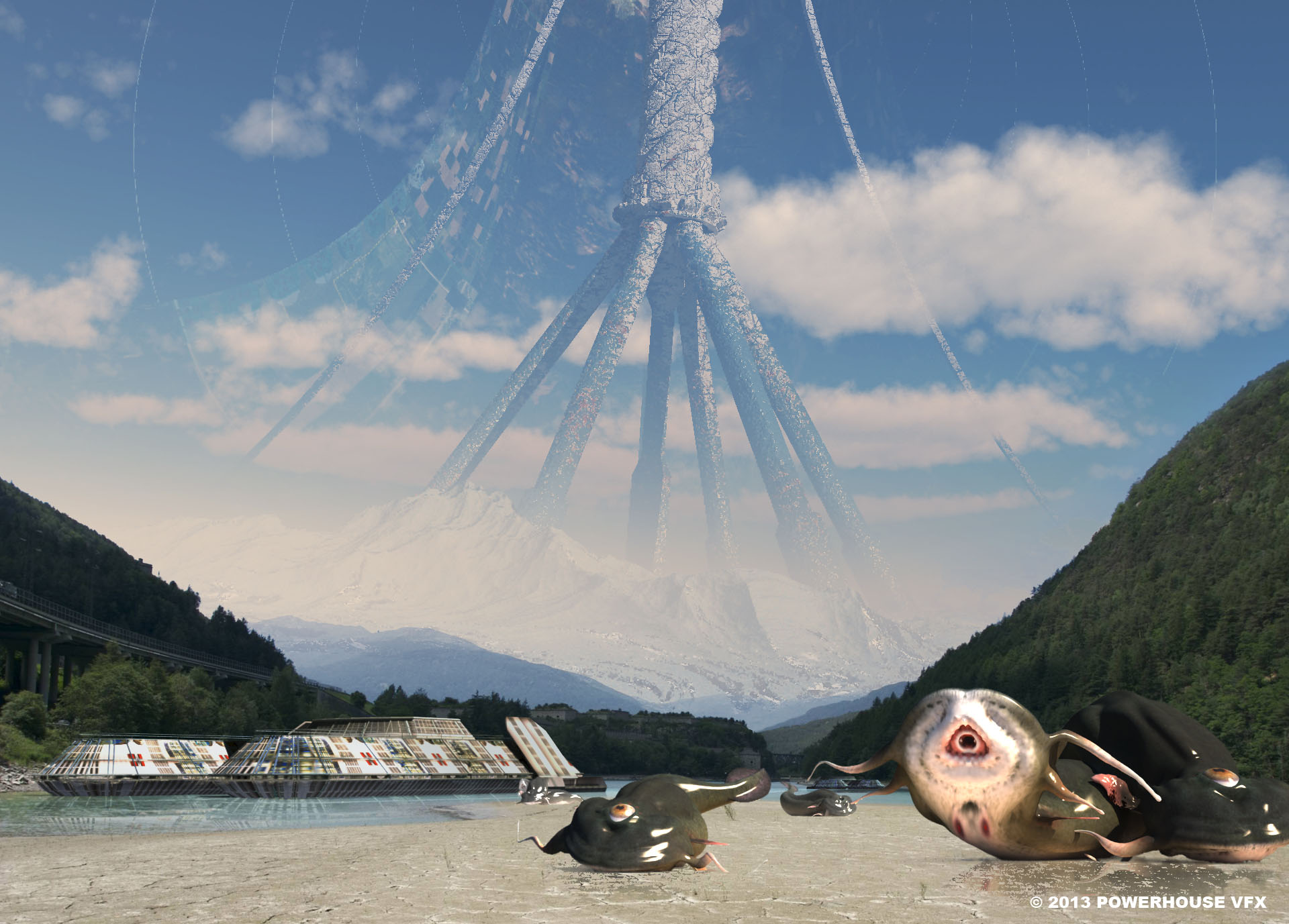Movie Reviews
Saturday Night at the Toons
Victory Through Air Power
I waited for this film for a long time. I’d begun to accept that I’d never see it. I started collecting Walt Disney animated features pretty much as soon as they started issuing them on VHS tape. Over the years the Disney folks brought out all their feature-length movies, a few at a time, except for Song of the South. I doubted they would ever release this one, either. After all, it’s never been publicly shown since the war, and would seem to have little commercial value. (Parts of the beginning, concerning the history of flight, were recycled into a featurette shown on “Wonderful World of Disney.”)
But I hadn’t counted on the obsessive archivists at Disney, nor the fanatic collectors. Since 2001, unknown to me, they have been releasing a series of double DVDs in metal boxes, called “Walt Disney Treasures.” These are pulling obscure things out of the vaults, like Oswald the Lucky Rabbit, Silly Symphonies, the Alice shorts (Disney’s earliest stuff), plus complete sets of Pluto, Donald, etc. There are also “Wonderful World of Disney” things, like Spin and Marty, and the Swamp Fox. There must be at least a dozen of these I’d like to own, but this was the only “must see,” included on the set of “On the Front Lines.”
During the Second World War, Disney perhaps more than any other Hollywood studio devoted itself to the war effort. They made over 200 training films. (One of these is included: “Four Methods of Flush Riveting.” I have to say it’s less than … well, riveting, but is certainly concise and well-thought-out, and really set the pattern for later films of this type.) There are also a lot of propaganda films featuring Donald and Pluto and Goofy, and educational films made for the Canadians, and for South America. The prize of these shorts is the Oscar-winning “Der Fuehrer’s Face.” Still funny, still scary, after all these years.
But the centerpiece is—at last, at last!—Victory Through Air Power. It’s based on a contemporary book by Alexander de Seversky, who was an admirer of General Billy Mitchell, and an advocate of long-range bombing as a way of winning the war. Walt was so impressed with the book that he used a lot of his own money to produce the film, which helped convince Churchill and, later, Roosevelt, to invest heavily in big bombers. It is a masterpiece of both reasoned argument and propaganda. Everything he says makes sense, and much of it was proven out in the next two years. In the end, the Allies adopted a little of the island-hopping plan he scorns, and a little of the B-29 heavy bombers he advocated, based on islands close enough for the Superfortress’s 3000-mile range. (A contemporary review in the New York Times feels these super bombers look a little far-fetched—and it’s true, no bomber ever bristled with quite as many heavy machine guns as these do—but within a year planes much like the ones shown here were raining fire on Japanese cities.) Of course, he didn’t know that the atomic bomb would soon make most of his arguments moot and usher in the age of the ballistic missile, but how could he have known? His arguments were sound for the time. This is an excellent movie, and I’m so glad I finally got to see it.
